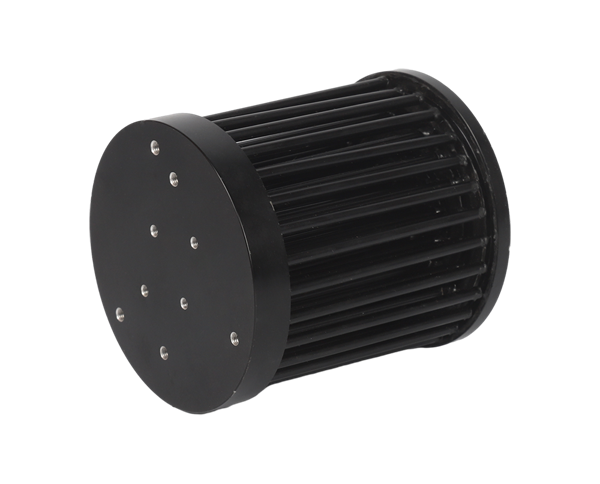2025-05-17 hits:0 source:News

Industrial pure aluminum die - casting for automobile interior parts requires a meticulous understanding of the process to ensure high - quality, aesthetically pleasing, and functional components. The process key points involve several aspects, from material selection to post - processing.
Firstly, material preparation is crucial. Industrial pure aluminum offers excellent formability, corrosion resistance, and a lightweight nature, making it ideal for automobile interior applications. However, its purity level needs to be precisely controlled. Any impurities can affect the casting quality, such as causing porosity or reducing mechanical properties. Before casting, the aluminum is melted in a furnace under strict temperature control. The melting temperature for industrial pure aluminum is typically around 660°C, and maintaining a stable temperature is essential to ensure a smooth flow of the molten metal during the die - casting process.
Secondly, die design and preparation play a significant role. The die for automobile interior parts needs to be designed with high precision to achieve the desired shape and surface finish. The die cavity should be polished to a high degree to minimize friction and ensure that the molten aluminum fills the cavity completely without leaving any defects. Additionally, proper venting and overflow systems need to be incorporated into the die design. Venting holes allow the air trapped in the die cavity to escape, preventing air entrapment, which can lead to voids in the casting. Overflow channels help to remove any excess molten metal and impurities, improving the overall quality of the part.
During the die - casting process itself, injection parameters are critical. The injection speed, pressure, and time need to be carefully adjusted according to the shape and size of the interior part. For complex - shaped parts, a higher injection speed may be required to ensure that the molten aluminum fills all the corners of the die cavity quickly. However, too high a speed can cause turbulence and air entrainment. Adequate injection pressure is necessary to compact the aluminum and eliminate porosity. After injection, the holding pressure needs to be maintained for a certain period to ensure that the casting solidifies properly and achieves the required density.
Post - processing is another important aspect. Once the casting is removed from the die, it often requires trimming to remove any excess material, such as flash or runners. Heat treatment may also be applied to improve the mechanical properties of the aluminum part. For example, solution heat treatment followed by aging can enhance the strength and hardness of the industrial pure aluminum casting. Surface finishing, such as painting, anodizing, or powder coating, is commonly used to improve the aesthetic appeal and corrosion resistance of automobile interior parts, making them more suitable for use in the vehicle cabin.
Read recommendations:
gulf extrusion aluminium profiles
aluminum window extrusions suppliers
aluminum extrusion products.How to open a set of high-quality die casting molds
lf you have any questions or comments, you can leave us a message and we will reply to you as soon as possible
